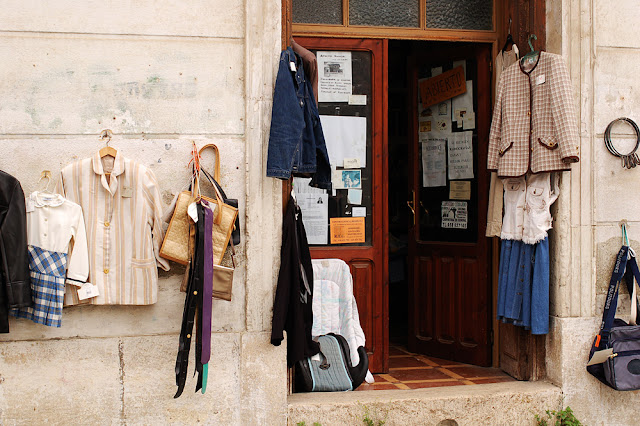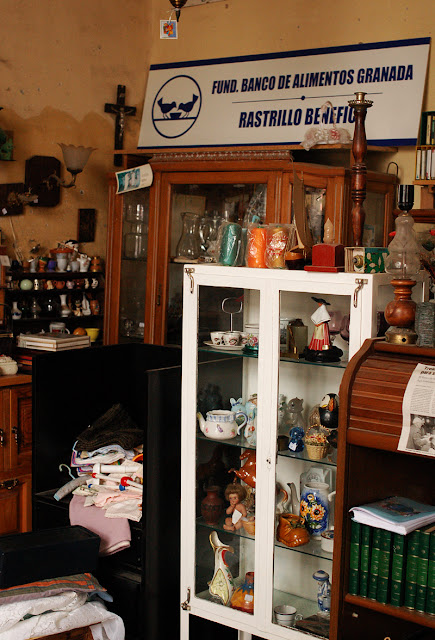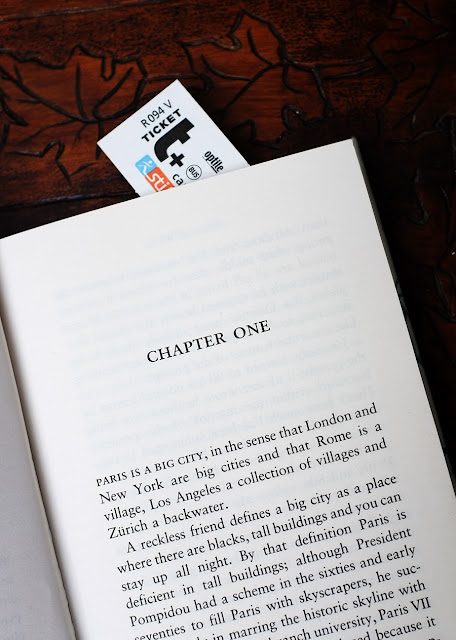 |
| Spanish Rastro or Flea Market |
About five years ago I published (on another blog), a series of photographs of the interior of a Spanish rastro. With the help of a friend in Spain I've up-dated the info for 2012 and added extra photos.
Hunting for 'Flea Markets' in Spain
You may not have noticed but guide books and travel blogs
about Spain are rather quiet when it comes to buying vintage and second-hand
goods. There's a wealth of information about 'flea markets' in other European
cities like Paris, London, Berlin and Amsterdam, but apart from a couple of
markets in Madrid and Barcelona, information about shopping for antiquities and
vintage items in Spain is veryy scarce.
I lived and worked in Spain for eight years. I'm a
professional photographer, traveler and a collector. I collect vintage books,
magazines and maps, cameras, pocket knives, fishing tackle, musical instruments
and fountain pens. I could probably think of a few other things, but this gives you an idea about my shopping preferences.Wandering around thrift stores, car boot sales or flea markets is an essential experience for
me, therefore flea and antique markets, and pre-owned goods stores are big pull when choosing a
particular city to visit.


Most guide books will point you in the right direction for
flea markets, but when visiting Spain the word to remember is Rastro
which has several meanings, one of which is flea market. With the exception of
"El Rastro" in Madrid, which is a large street market, most rastros in
Spain are nothing like flea markets we know, but are in fact small stores run
by volunteers with profits donated to charity. They sell anything and
everything including clothes, furniture, garden tools and ornaments, paintings,
posters, magazines, toys and games, shop and industrial fittings. Nothing is
restored but it's usually in good condition, or at least repairable, and
everything is uniquely Spanish - with the occasional surprise from Morocco!

Rastros spring up and start trading in any building that
offers shelter and security. You'll find that rastros in old houses tend to
specialise in clothes and house items, while rastros in industrial units tend
to offer larger items of furniture, old shop fittings and stock, plus bicycles
and car parts.
You can get a lot for your euros in a rastro. Generally
items are priced from a couple of euros, to around fifty euros upwards, for items of
furniture. Clothes tend to be priced between five and ten euros, depending on
style and quality. Bargaining is normal - but don't be too pushy.
How to find a Rastro?
Every town in Spain has at least one rastro
(they are growing in popularity as Spaniards are coming round to the
idea of vintage chic) and the larger
cities all have several. But they rarely advertise, relying instead in word of mouth. Fortunately, Spanish people are
friendly
and will go out of their way help, so just make enquiries. Ask in the local town hall, police
station,
shop or bar and you'll be given directions. Or ask a taxi driver and and
let
them take you.






























